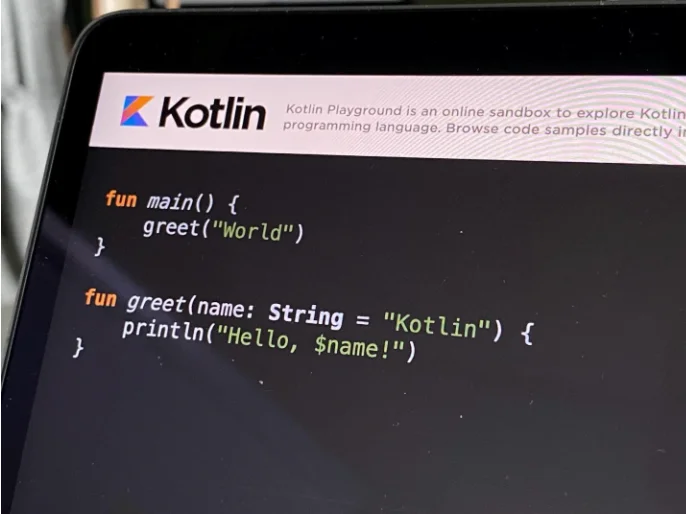Are you tired of dealing with Java’s complexities in Android app development? It might be time to consider a change. Kotlin is quickly gaining popularity and is becoming the go-to language for Android development. In this article, we will discuss why Kotlin is a great choice for your next project.
Kotlin: A Game-Changer for Android Development
Kotlin is an open-source language that runs on the Java Virtual Machine (JVM). Developed by a team at JetBrains, Kotlin aims to overcome the limitations and challenges that Java poses. With its clean syntax and modern features, Kotlin has quickly gained the attention of developers around the world.
-
Less Coding, More Productivity
Kotlin provides a more concise syntax, which means less code for developers to write. The language is designed to be easy to learn and use, making it an excellent choice for beginners and experienced developers alike. The reduced code also makes it easier to maintain, debug, and update your app.
-
Interoperability with Java
One of the best things about Kotlin is its interoperability with Java. Developers can use Kotlin alongside Java code in the same project, making it easy to migrate existing Java code to Kotlin. The language is also fully supported by Android Studio, the official IDE for Android app development.
-
Quick to Learn
Kotlin is relatively easy to learn compared to other programming languages. With its intuitive syntax and comprehensive documentation, developers can quickly get up to speed with the language. This ease of learning translates to increased productivity and faster development times.
-
Elimination of Null Pointer Exceptions
One of the most significant advantages of Kotlin is its elimination of null pointer exceptions. Kotlin’s type system ensures that null pointer exceptions are less likely to occur, reducing the chances of app crashes and making it easier to debug.
-
High Security
Kotlin is designed with security in mind. It has robust safety features that prevent common programming errors and vulnerabilities. This design approach ensures that your app is secure and less susceptible to hacking attempts.
-
No More Checked Exceptions
Kotlin eliminates the need for checked exceptions, a feature of Java that can be time-consuming and challenging to work with. This feature reduces code complexity, making it easier to write and maintain your app.
-
Made Arrays Invariant
In Java, arrays are covariant, which can lead to type mismatches and runtime errors. Kotlin solves this problem by making arrays invariant, reducing the risk of runtime errors, and making your code more reliable.
-
No Raw Types
Kotlin eliminates raw types, which can be a source of bugs and errors in Java. This feature improves type safety, making your app more reliable and easier to maintain.
Conclusion
Kotlin is a game-changer for Android app development. With its ease of learning, interoperability, and modern features, Kotlin is quickly becoming the preferred choice for developers around the world. It’s time to give Kotlin a try and take your productivity to the next level. Google has already approved the use of Kotlin for Android app development, and it’s only a matter of time before it replaces Java as the go-to language for Android development.
If you’re interested in learning more about Kotlin and how it can improve your Android app development, stay tuned for our latest updates. At Etelligens Technologies, we understand the importance of staying ahead of the curve and are committed to helping our clients reach their goals with the latest technology.
